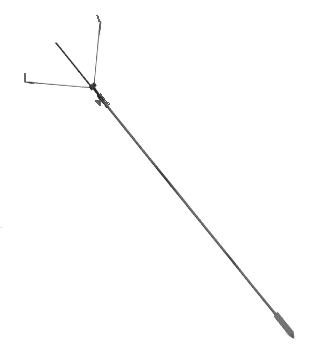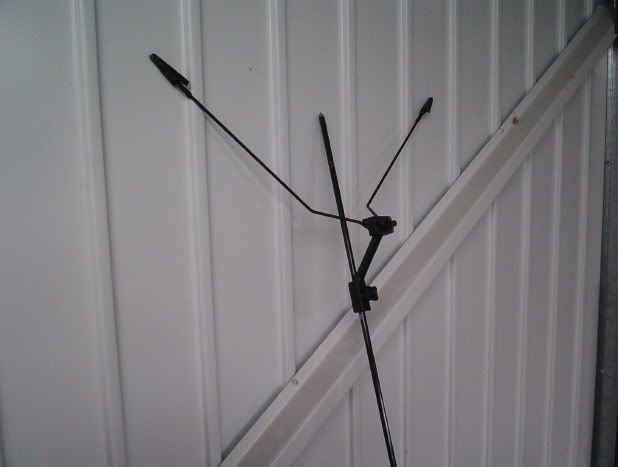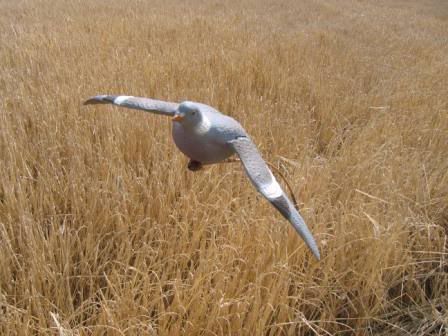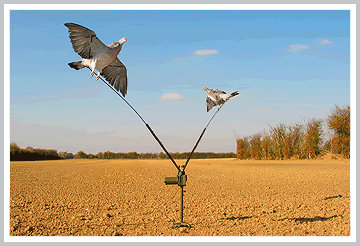I keep the same name on the Forums I visit , that is indeed me.
Many Americans visiting the UK and Ireland, pre arrange a day or twos guided pigeon shooting.
This is not expensive in comparison to game shooting, stalking ,or salmon fishing.
Bringing over your own guns is possible, but a lot of red tape at the moment.
Most guides will arrange the necessary paperwork for you to use their equipment, during your visit.
The wood pigeon is a major agricultural pest over here and can be shot 52 weeks of the year, with no restrictions.
Apart from shooting pigeons as they come into roost (normally in the Winter months, when the leaf is off the trees) you have to use decoys to have much chance of success, when shooting from a hide over crops.
You can start off with a few decoys and then increase the layout with dead birds, as you shoot them.
The whole art of decoying is a wide subject and big books have been written about it, but I will try to explain the basics.
The basic decoy is either full bodied, or a shell and is fixed into the ground on a spring peg, this gives the decoy some movement in any breeze.
When setting out a decoy layout, two things must be considered, pigeons prefer to land into the wind and you must leave a "killing area".
For example, your hide is in a hedgerow and the wind is blowing right to left .
Your decoys would be best placed to the right of the hide, all facing into the wind, in a ) shape.
The area inside the curve, is the killing area.
The far side of the ) would be about 40 yards from the hide and the nearside about 20 yards.
An example of a horseshoe layout.
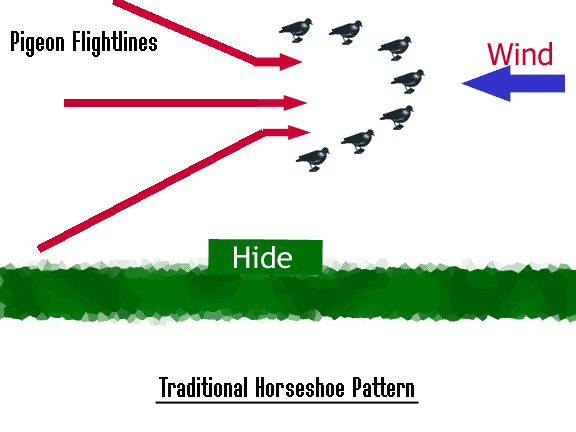
If the wind is from left to right, you would reverse the above suggestion.
If the wind is from the front, the ) would be ^ and the nearest decoy would be 25 yards from the hide.
If the wind is from the back, then split the decoys into two groups either side of the hide with the furthest decoy no more than 20 yards from the hide.
The gap between and just behind the decoys is the killing area.
Incoming pigeons will always land behind feeding birds (never in front, nor among), they may then leapfrog over them as they work the field, but by that time you should have shot them.
I will post some more about different decoying equipment and I will try to find some pics and drawings to explain things a lot better.




